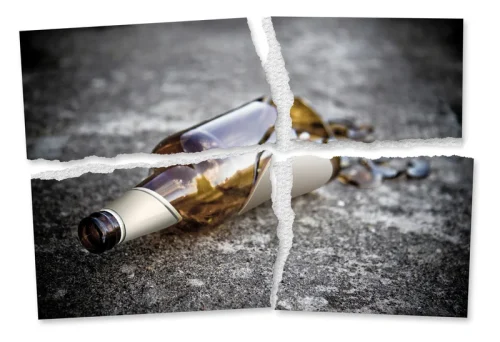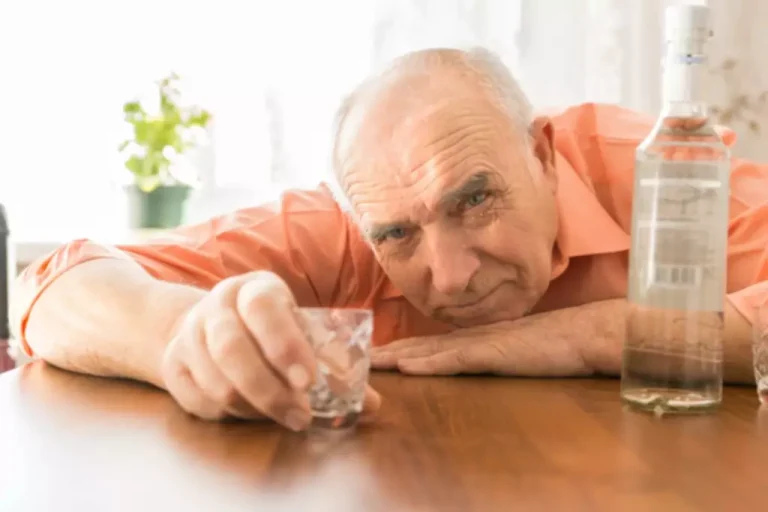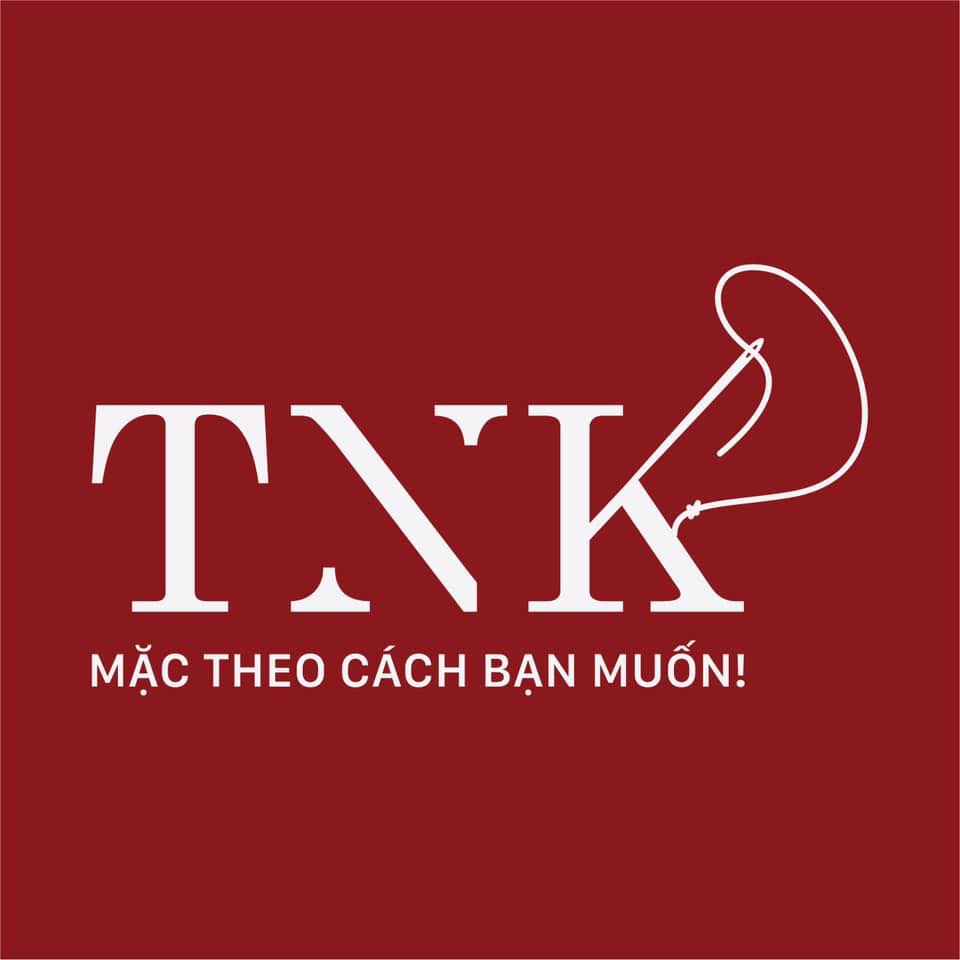Alcohol Cravings: Why They Happen and How to Manage Them

In 1984, it was approved by the FDA for the treatment of use of drugs such as heroin, morphine, and oxycodone. At the time, it was marketed reduce alcohol craving by DuPont under the brand name Trexan. An extended-release, monthly injectable form of naltrexone is marketed under the trade name Vivitrol.
Other Medications
- Your journey to sobriety and a healthier life can begin now.
- Disulfiram causes severe, hangover-like symptoms to appear when you drink even a small amount of alcohol.
- Topamax is an anti-seizure medication that is sometimes used off-label (without FDA approval) to treat AUD.
You might eventually start craving that reward in new situations. “Alcohol cravings can be very intense, especially in early recovery,” explains Ruby Mehta, licensed clinical social worker and director of clinical operations for digital recovery platform Tempest. To help work through the loss and grief he was feeling, counseling can help, she told him. She also recommended he try naltrexone, a prescription drug. He’d often start with hard liquor in the morning, John says, and it wasn’t uncommon to have eight drinks or more before the end of the day. There is support available for people who are experiencing difficulties with alcohol use.

6. Summary of mechanisms of action in anticraving drugs
It is believed that the main reason the Sinclair Method has not caught on in the U.S. is two-fold. In the U.S., 12-step programs based on abstinence seem to dominate treatment plans prescribed by doctors, and doctors do not like that the Sinclair Method encourages people with alcohol dependency problems to continue drinking. For more than 20 years, acamprosate was widely used throughout Europe for treating people with alcohol use disorders. It was first marketed in the United States in January 2005 under the brand name Campral. Campral is currently marketed in the United States by Forest Pharmaceuticals.

Other treatment strategies for AUD

Begin by discussing your drinking habits, medical history, and underlying conditions with a healthcare provider or addiction specialist. This initial consultation is crucial for determining the most suitable medication for your needs. The only medication that intentionally makes you feel ill from drinking alcohol is disulfiram, also known as Antabuse. Rather than blocking the pleasurable effects of alcohol, acamprosate appears to work by restoring a chemical imbalance in your brain caused by chronic drinking. This can make it easier for you to avoid alcohol, and eliminates a lot of common drinking triggers. Naltrexone was first developed in 1963 to treat addiction to opioids.
- A survey of academic research on exercise and AUD has generally shown a correlation between physical activity such as cycling, running or other aerobic activity and reduced alcohol cravings or alcohol consumption (9).
- Common side effects of naltrexone may include nausea, headache, dizziness, and sleep problems.
- There are also support groups available to people experiencing AUD.
- A person may begin taking disulfiram 12 hours after their last drink and should not drink alcohol while taking the medication.
Medications used to treat alcohol addiction work in different ways. Disulfiram causes unpleasant reactions when combined with alcohol. Naltrexone reduces cravings for alcohol and prevents pleasurable effects caused by drinking. Disulfiram can be a powerful deterrent to help you stay abstinent, but it’s also a pretty severe way to keep yourself sober.
- We publish material that is researched, cited, edited and reviewed by licensed medical professionals.
- Some of these are inpatient or residential programs, where you stay at a treatment center for a while.
- Therapists can also teach new mindfulness strategies and coping techniques, along with cognitive behavioral techniques you can use to challenge and reframe negative thoughts or self-beliefs linked to alcohol cravings.
- “Alcohol just doesn’t sound as appetizing or appealing,” she says.
- Other studies in animals have also found that GLP-1 drugs reduce the consumption of nicotine, opioids, as well as psychostimulants, such as cocaine and methamphetamine.
- It acts on the same neurotransmitter systems that alcohol targets in the brain (glutamate, NMDA and GABA), apparently acting as an agonist and antagonist (blocker) and modulator of the receptors.
Cognitive behavioral therapy is a form of psychotherapy, or talk therapy, used in the treatment of substance use disorders, including AUD. CBT works to help reframe a person’s thoughts and change their actions. It can be useful in addressing cravings by helping the person develop coping mechanisms for when they occur. Acamprosate was previously marketed as Campral and reduces the physical distress and emotional discomfort people can experience when they quit drinking. How it works as an alcohol craving medication is not completely understood, but researchers believe that it helps restore a chemical imbalance in the brain’s reward system that is altered by long-term alcohol abuse.
- For example, ifenprodil was developed in France and was released from 1979 in Japan as a cerebral circulation/metabolism ameliorator.
- Her TEDx talk, “The Secret of Becoming Mentally Strong,” is one of the most viewed talks of all time.
- There is support available for people who are experiencing difficulties with alcohol use.
- Then, the commonly prescribed anticraving drugs and those under development were also described.
- Therefore, its effects appear to be from stabilizing the neurotransmitter system from the effects of alcohol.
Studies in animals, as well as a few in people, offer tantalizing clues to how this mechanism works for both food and alcohol. But for scientists who study GLP-1 drugs, this striking side effect was exactly what they expected. “It’s really not surprising,” says pharmacologist Elisabet Jerlhag. About six months ago, Grayson began taking the popular weight-loss drug Ozempic.















